How (and When) to Clean Your Moka Pot for Perfectly Brewed Coffee
As a coffee lover, I’m sure you know that it’s important to keep your coffee maker clean.
But did you know that cleaning a Moka pot is essential not just for maximum flavor and aroma extraction, but also safety?
Read on, and I’ll show you the quickest way to clean your Moka Pot, so each brew can be an Italian-style café experience.
Here’s Why You Should Clean Your Moka Pot Regularly
There’s nothing like the taste of a freshly brewed cup of coffee, especially from your trusted Moka pot. If your pot isn’t cleaned correctly, however, you could run into some serious problems.
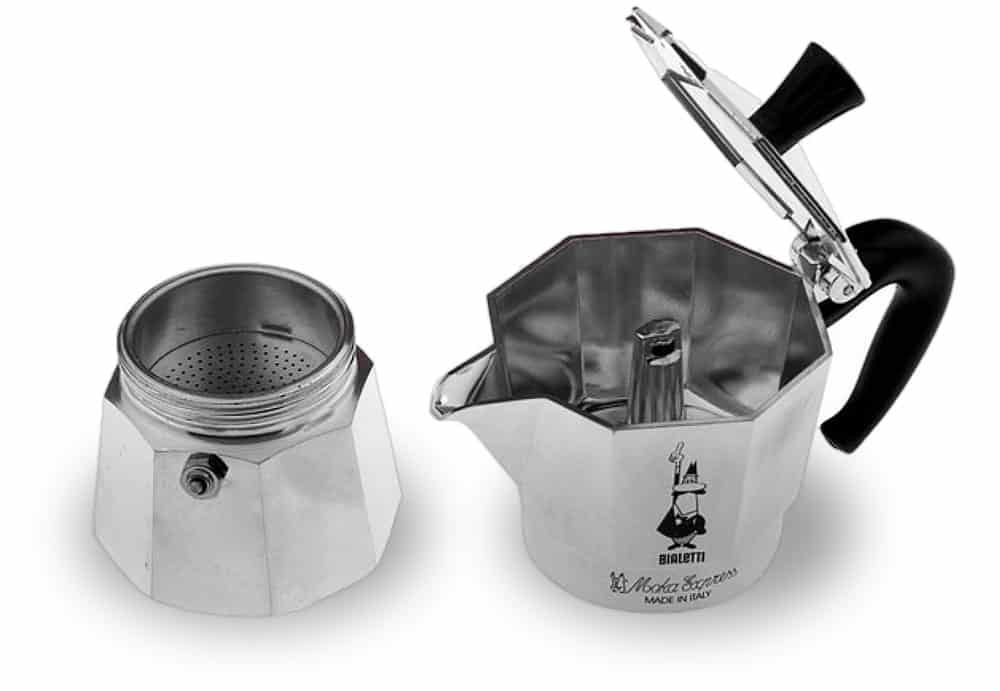
Here are a few important reasons to clean your stovetop espresso maker regularly:
- It could be dangerous – although extremely rare, a dirty Moka pot will cause an explosion. And the main reason for that is the accumulation of gunk and grime on the safety release valve if the pot hasn’t been cleaned properly. Don’t take any chances!
- Gunk build-up – aside from an unexpected explosion, the accumulation of coffee bean residue could also leave a bitter and rancid taste in your coffee. It can cause rust and cause your pot to malfunction sooner than you think.
- Avoid mold – germs and mold will naturally grow if you don’t clean your pot often. Not only will the presence of bacteria alter the flavor of your coffee, but it’s going to be a serious health hazard as well.
- Staining – nobody wants a stained and unsightly coffee maker. But in addition to discoloration, you don’t want it affecting the taste of your coffee too.
How Do I Clean My Moka Pot?
Now it’s time to get into the nitty-gritty. First of all, you have to consider what type of Moka pot you have.
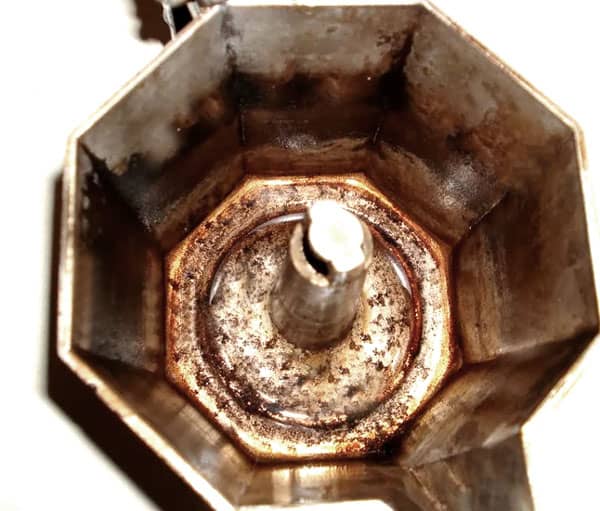
These espresso makers are made from either aluminum or stainless steel. Much of your cleaning will depend on which one you have.
Let’s dive right in.
Cleaning an Aluminum Moka Pot
Aluminum pots are the more common option since they have been around longer and are less expensive. However, you have to be more careful with cleaning them.
- Arguably the most important thing to remember is not to put your aluminum Moka pot in the dishwasher. It can cause oxidation and corrosion, easily damaging your pot and leaving a metallic taste after brewing coffee.
- Soap and detergents are a no-no as well. These are often too strong, so any special oils from the ground coffee will get washed off. Then you’re left with an unpleasant, dishwashing liquid taste on your next brew.
- Rinsing every part of your aluminum pot with warm filtered water is enough. Making sure the filter disc is not clogged is important for safety and taste.
- Using a cotton towel to dry it is the best practice. Do not let is just air dry.
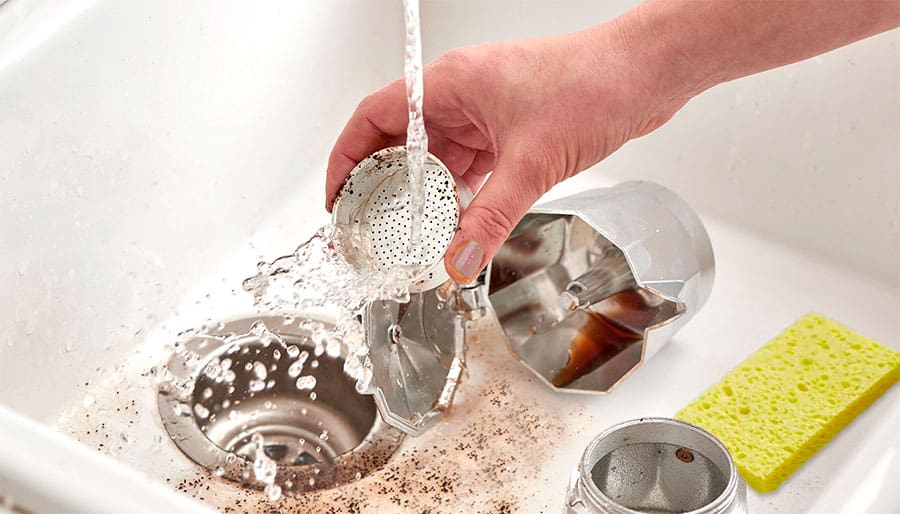
You can also make use of baking soda:
- Mix one tablespoon of baking soda with around 2 cups of warm water in a separate bowl. Disassemble the pot.
- Dip a non-abrasive sponge in the solution and scrub all removable parts of your Moka pot. Don’t forget the coffee filter basket.
- Give your Moka pot a quick rinse and set them aside to dry.
- Dry each part with a towel cloth.
- You can now reassemble the Moka pot and wipe the outside with a clean cloth.
Stainless Steel Moka Pots
Compared to aluminum pots, stainless steel Moka pots are more resistant when it comes to cleaning. Because of its material, nothing can actually damage it when washing.
More importantly, keep in mind that stainless steel pots are not actually 100% stainless steel. If you decide to use your dishwasher, you have to know which parts you can put in. You can also use mild dishwashing soap when cleaning stainless steel.
Otherwise, you can follow the steps outlined above when using baking soda.
And just to highlight again, don’t use an abrasive brush or sponge.
How Often Should I Clean A Moka Pot?
You should clean your Moka pot thoroughly after every use.
Keeping your Moka pot clean is essential for making good coffee every time.
I highly recommend cleaning your pot after buying it as well, just to get rid of any manufacturing particles that could affect your first brew. After this initial cleaning, you can do a test brew and discard the contents right after. In fact, you should do this a second or third time as good practice.
Monthly descaling
Apart from the regular clean-ups, you should also descale at least once a month.
When you live in an area with hard water, you have to deal with the possible build-up of calcium particles whenever you rinse your Moka pot.

If you start noticing white spots inside your pot, it’s limescale accumulation and is a sign that it’s time to descale.
Here is how to descale your Moka pot:
- Gather your ingredients: equal parts of water & vinegar, a pinch of salt, and old ground coffee.
- Fill the bottom part of your Moka pot with the mixture until the pressure release valve, like you would when making coffee.
- Put on your best bib as you prepare for battle against limescale! Or just close up that coffeemaker with all parts inside.
- Place the pot on your stove and “brew” as you would normally, only today you’ll make descaling tea instead.
- Wait patiently while your pot whips up this miraculous elixir.
- Once finished, you can choose to taste the vinegar-salt tea, or just pour it out 😉
- Make a real cup of coffee to flush away any remains of the vinegar and salt. Again, you can taste the brew… but I wouldn’t 🙂
Check Your Pressure Release Valve!
Mineral deposits, also known as limescale from unfiltered hard water high in calcium and magnesium can clog the safety valve in the bottom part of your pot.
You’ll know if you’re living in an area with hard water if there is white residue around the drains after you use your sinks.
This can be a dangerous safety hazard, since limescale can impair the operation of the safety valve. Your Moka pot may even explode (unlikely, but it could).
Fortunately, it’s fairly easy to deal with this once you who how to descale your pot. You’ll want to check the valve regularly to make sure it is free of any blockage.
How Long Does a Moka Pot Last?
Moka pots from reputable brands such as Bialetti are known to last for decades. As long as your Moka pot is well-maintained and works properly, then you don’t have to worry about replacing it anytime soon.
The gasket may wear out and the filter can get bent overtime, but you can just purchase replacements for these parts without the need to buy a new Moka pot.
Enjoy Your Clean Brewer
And there you have it. Many still get intimidated by the effort of having to clean equipment regularly, but cleaning the Moka pot is still a very quick and easy process. Plus, your efforts are always rewarded with excellent coffee and, of course, a long-lasting coffee maker.
Let me know how this helped you and give me a shout in the comments below.

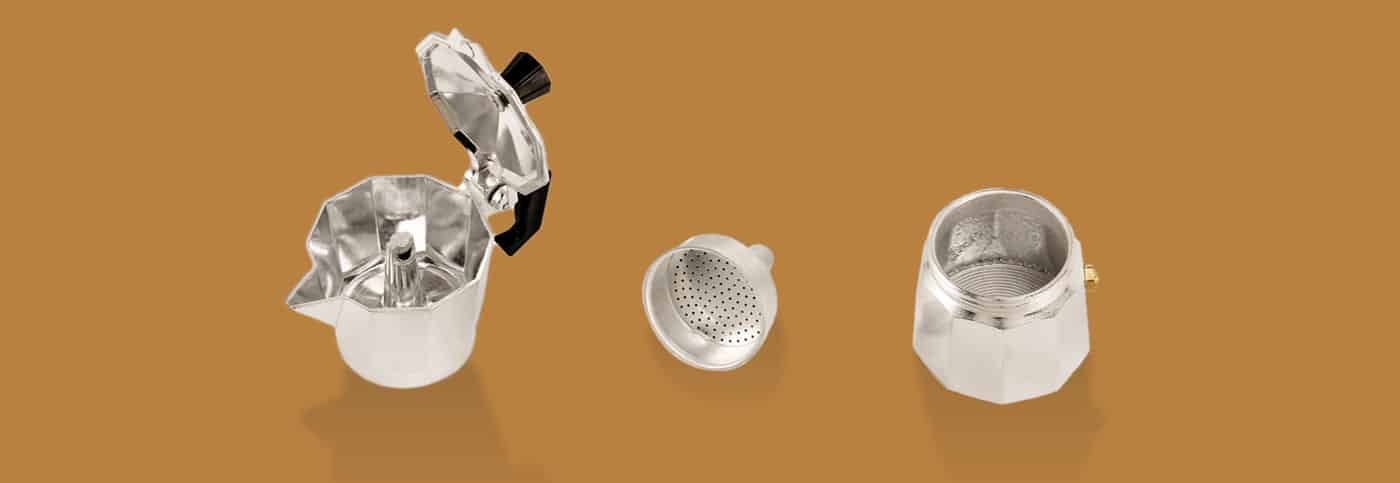

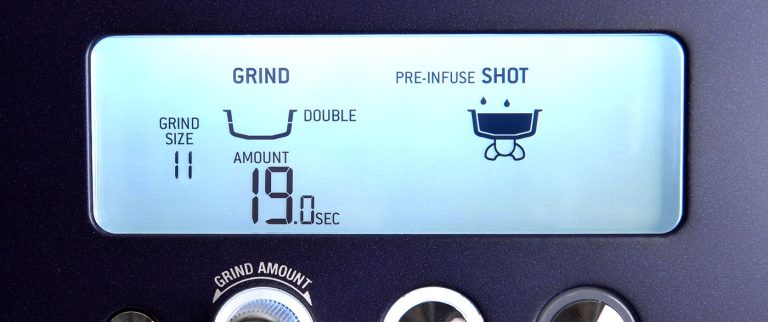





I’ve been using a stainless steel Moka pot for years, but I always wonder about the pressure valve. How often should I be checking it, and is there a surefire way to know it’s clear of any buildup without completely taking it apart?
Yes, you can check it physically, to make sure it moves. Also, if you clean the pot with vinegar every now and then, that should disolve the limescale, so the valve won’t get stuck. But regarless, check it every month or so, just move it in and out with your finger.
Quite an informative article. I’ve noticed that sometimes my coffee has a slightly metallic taste, which must be from the oxidation you mentioned. For those of us with aluminum Moka pots, could you elaborate a bit on the best drying techniques? I use a towel, but maybe there’s a better way to prevent oxidation?
Wow, thank you for this incredibly useful guide. I had no idea that a dirty Moka pot could be dangerous. Just last week, I struggled with a bitter taste in my brews, wondering where I went wrong. Following your advice made a world of difference – the coffee is perfect now, and I feel much safer knowing my Moka pot is clean and functioning properly.
Yes, that are quite dangerous if not cleaned. I have been getting comments on them exploding: https://bigcupofcoffee.com/can-a-moka-pot-explode/
It’s rare, but can happen if you get excessive limescale buildup over the pressure release valve.
I just tried cleaning my stainless steel Moka pot following the advice from this article, and wow, what a difference. The coffee tastes so much cleaner and crisper than before. It’s the small things that make a huge difference.
Just cleaned my aluminum Moka pot following your tips, Tom. Never realized that dish soap was off-limits, but skipping it really did preserve the coffee’s oils. Also, the warm water rinse made it shine without any weird aftertaste. Thanks for the heads-up.
You’re welcome 🙂 I love that video of the Italian guy freaking out when his wife cleans his moka pot with soasp 😀
Loved the article. I’ve been using my Moka pot for years but never really knew the frequency for descaling. How do you guys remind yourselves it’s time to descale? I feel like I’ll forget…
I usually set calendar reminders for such infrequent things, you can set it to repeat every X months
Is it really necessary to dry the Moka pot with a cotton towel? I’ve just been letting mine air dry, and it seems okay. What’s the risk if I skip this step, Tom or anyone knowledgeable?
Up until reading this, I had no idea about the importance of checking the pressure release valve on my pot. I checked mine and realized it was almost entirely clogged. Cleaning it was a bit of a hassle but definitely worth it. Now I know it’s safe and will do its job if it has to.
Thanks for the article, Tom. Just a heads up for new Moka pot owners: don’t use anything abrasive when cleaning. I learned that the hard way and ended up needing a new one after scratching the inside of my aluminum pot.
So, I’ve heard some say that allowing an aluminum Moka pot to form patinais actually good for flavor since it’s similar to a seasoned cast iron skillet. This article seems to advise against that, right? I’d love to get some expert opinion on this.